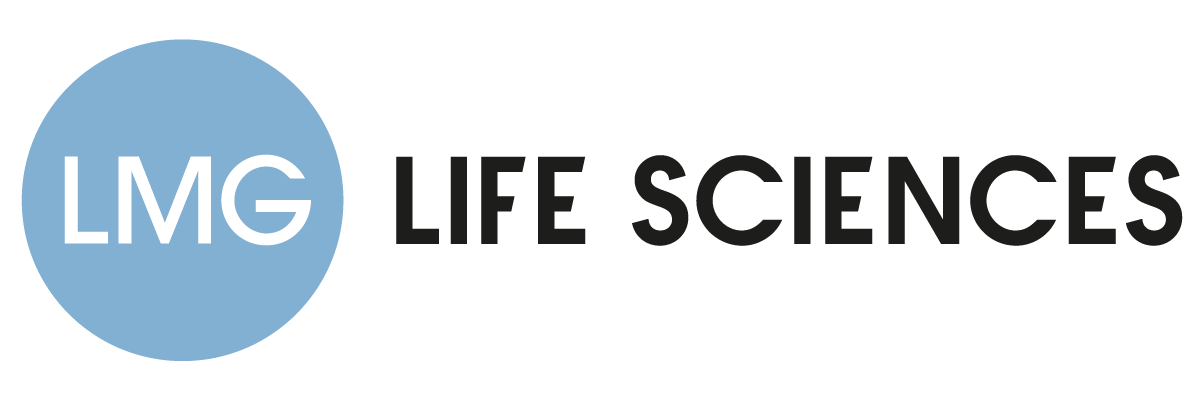CFAD Fails to Knock Out 4 Acorda Patents to Multiple Sclerosis Drug | PTABWatch
CFAD Fails to Knock Out 4 Acorda Patents to Multiple Sclerosis Drug

A recent set of final written decisions in four IPRs against Acorda Therapeutics puts more marks in the loss column for Kyle Bass and the Coalition for Affordable Drugs. In IPRs 2015-01850, -01853, -01857 and -01858 (Coalition for Affordable Drugs v. Acorda Therepuatics Inc.), the Coalition for Affordable Drugs (CFAD) requested review of Acorda Therapeutics U.S. patents U.S. 8,440,703, U.S. 8,007,826, U.S. 8,663,865, and U.S. 8,354,437, respectively, directed to sustained release formulations of fampridine (4-AP) and methods for administering the drug to treat neurological disease, such as multiple sclerosis (MS). Certain aspects of the inventions in the four patents are directed to methods of increasing walking speed of patients with MS by administering 4-AP twice daily for at least two weeks, in a dose of about 10 to 15 mg of 4-AP. The PTAB instituted review of the issued claims in each of the four patents as potentially obvious in view of a combination of prior art, including an SEC filing by Acorda that included reference to ongoing clinical trials.
An exemplary claim from the ’703 patent recites: “1. A method of improving lower extremity function in a human multiple sclerosis patient in need thereof comprising orally administering to said patient a sustained release composition of less than 15 milligrams of 4-aminopyridine twice daily for a time period of at least two weeks, wherein the amount of said 4-aminopyridine administered to said patient in each said administering step is the same over said time period.”
The primary reference in the IPRs was a prospectus Acorda filed with the SEC describing its initial public offering, that disclosed protocols for and results from its completed and ongoing clinical trials with 4-AP in MS patients. The prospectus discloses that Phase II trials were underway, and that certain of the trials have shown significant improvement in walking speed and leg strength of MS patients in doses from 10-25 mg daily. One of the described trials was reportedly designed after extensive consultations both with experts in MS therapies and with the FDA. The petitioner combined the prospectus with secondary references, Hayes and Juarez. Hayes describes additional experiments that had been performed with sustained release 4-AP in MS patients, and Juarez describes polymer formulations useful to alter release properties of 4-AP.
In order to rely on the prospectus, Petitioner challenged the priority date of the patents arguing that the provisional application to which each of the Acorda patents claimed priority failed to support claims directed to use of 10 mg, or alternatively, less than 15 mg, 4-AP for at least two weeks, or alternatively, for more than two weeks. Petitioner pointed to Example 11 of that provisional showing a 12-week treatment regimen including a 2-week ramp-up dosing, and a 10-week maintenance dose. Petitioner contended that because the provisional application did not provide data for the 2-week ramp-up period, it did not describe treatment for at least 2-weeks in a complete, concise, and clear manner. Petitioner also argued that the prospectus could not be disqualified from consideration as prior art because the prospectus (describing the trials) was “by another” and was not authored by the inventors on the patents.
The Board disagreed, holding that the claims were entitled to the benefit of priority of the provisional application’s filing date for both claims to the 2-week administration period, as well as to administration of 10 mg, or more than 15 mg, 4-AP daily. As a result, the PTAB determined the prospectus qualifies as a printed publication under 35 U.S.C. §102(a) and not §102(b). Acorda was therefore able to disqualify the prospectus as a prior art reference by offering declarations in which the inventors explained that the descriptions were solely derived from them and that they were requested to provide such descriptions to the individuals preparing the prospectus. Any other experts or FDA personnel consulted on the protocols were acting at the direction of the inventors. The Board determined that the disclosure in the prospectus represented the inventors’ own work and not work “by another,” disqualifying the prospectus from further consideration as prior art.
The Board explained the evident conflict between its institution decision and its final written decision by noting that at institution the Board merely concluded there was sufficient evidence of record that one of skill in the art would be aware of the prospectus and would have combined it with other cited art to arrive at the present invention. The Board observed that, at institution, it noted that Patent Owner would have a chance to present its evidence to refute the challenge, which they did sufficiently.
The burden of proving unpatentability by a preponderance of the evidence is on the Petitioner and that burden never shifts to the Patent Owner.
The Board reiterated that in an IPR, the burden of proving unpatentability by a preponderance of the evidence is on the Petitioner and that burden never shifts to the Patent Owner. If the fact trier is left uncertain, the party with the burden loses (citing Dynamic Drinkware LLC v. Nat’l Graphics Inc., 800 F.3d 1375 (Fed. Cir. 2015). The burden of persuasion never shifts to Patent Owner to prove patentability of the challenged claims. In conclusion, the Board decided that Petitioner had failed to meet its burden to prove that all the challenged claims were unpatentable.
As a practitioner, this case serves as a reminder that the burden of proof cannot shift to the Patent Owner to prove patentability of the claims, and that Petitioner must establish by a preponderance of evidence that the challenged claims are unpatentable. As the Board states matter-of-factly, if there is uncertainty, the party with the burden loses.

